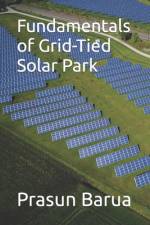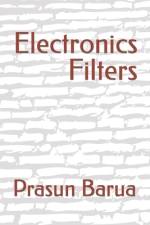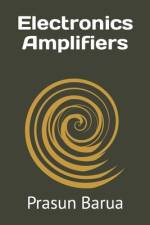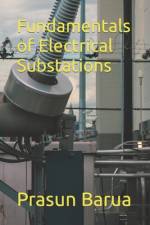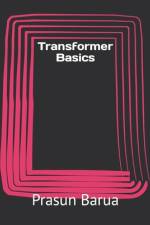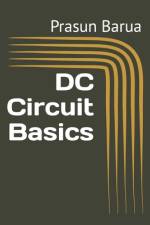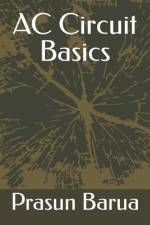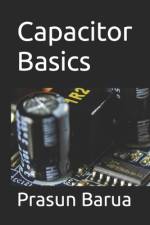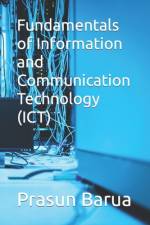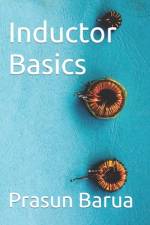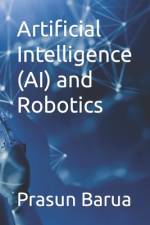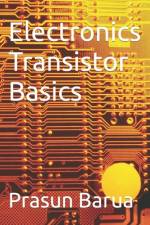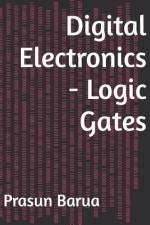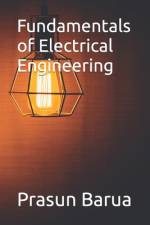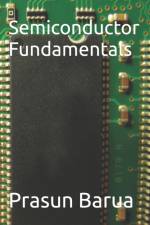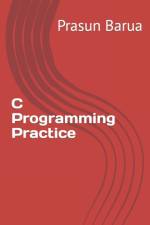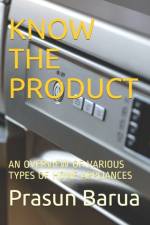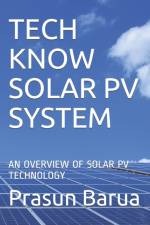av Prasun Barua
389,-
Welcome to the "Fundamentals of Electrical Substations"! This book is designed to provide you with a comprehensive understanding of electrical substations, their components, configurations, design considerations, and operational principles. Whether you are a student, engineer, or industry professional, we hope this book serves as a valuable resource to enhance your knowledge and expertise in the field of electrical power systems.Electrical substations are the backbone of the power grid, facilitating the transformation, transmission, and distribution of electricity from the point of generation to end-users. Their significance in ensuring the reliable, efficient, and safe delivery of electrical power cannot be overstated. As the energy landscape evolves, substations are evolving too, embracing new technologies, integrating renewable energy sources, and adapting to the demands of a changing power sector.In this book, we have endeavored to provide a comprehensive overview of electrical substations, covering a wide range of topics. We begin with an introduction to substations, exploring their historical background and evolution over time. We then delve into the components and configuration of substations, including transformers, circuit breakers, switchgear, and busbars. Detailed explanations and insights into their operation, ratings, protection mechanisms, and cooling systems are provided.Design considerations, such as layout, clearances, grounding, and safety protocols, are discussed in detail to highlight the critical aspects that go into planning and constructing substations. We also explore the environmental and aesthetic aspects of substation design, emphasizing the importance of minimizing the environmental impact and integrating substations harmoniously into their surroundings.The book further delves into substation automation and control systems, discussing the advancements in SCADA systems, remote control technologies, and the integration of smart grid features. We explore the critical role of protection systems in substations and their various applications, including transformer, generator, and transmission line protection. The book also covers the emerging trends and future outlook of substations, touching upon topics such as renewable energy integration, smart grid technologies, and advanced communication and control systems.Real-world case studies provide practical insights into substation projects, highlighting the challenges, successes, and lessons learned. We also address the importance of regular maintenance, asset management strategies, and diagnostic techniques for equipment condition monitoring, ensuring the optimal performance and longevity of substations.Throughout the book, we emphasize the significance of safety protocols, regulatory compliance, and environmental responsibility in substations. We aim to equip you with a holistic understanding of the complexities and considerations involved in designing, operating, and maintaining electrical substations.We hope this book serves as an authoritative and comprehensive guide, allowing you to deepen your knowledge, broaden your perspective, and navigate the dynamic landscape of electrical substations. We encourage you to explore the chapters, engage with the information presented, and apply the insights gained to your professional endeavors.We express our sincere appreciation to you, the reader, for choosing to embark on this educational journey with us. We hope you find this book insightful, enlightening, and enjoyable. May it inspire your curiosity, enhance your understanding, and empower you to contribute to the advancement of electrical power systems.


